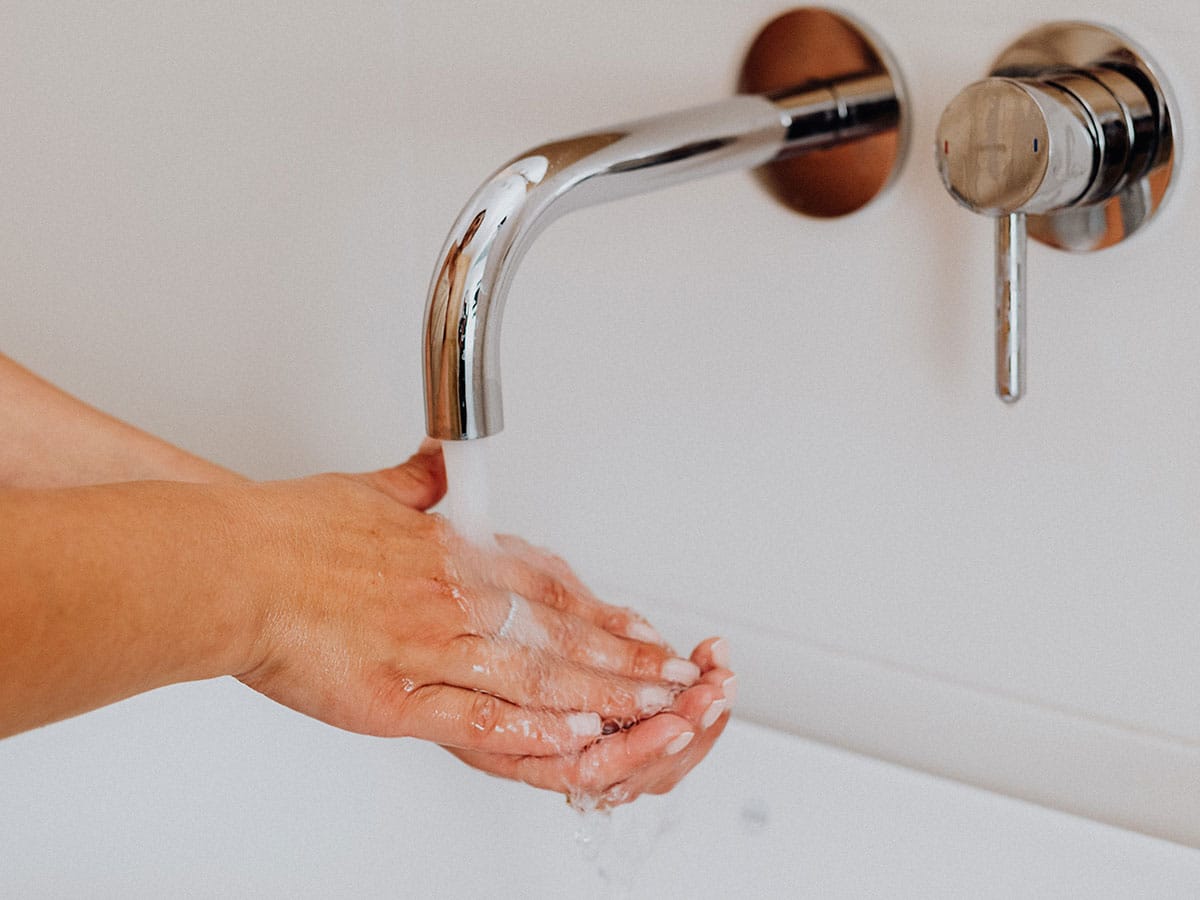Care And Maintenance Tips For Your Hot Water Heater

The hot water heater is one of the most critical plumbing installations at home. This device plays a very important role in the production of hot water at home. All that hot water that you use for showering, bathing, and cleaning comes from the water heater. That is why you should take extra care of this device. You should inspect and maintain the critical parts of your water heater on a regular basis. The critical parts include the tank, the anode rod, and the temperature and pressure (T&P) relief valve. Before you inspect or perform maintenance activities on your water heater, you should prepare the device by turning it off and switching off the power source. You should also close the pipe that supplies the water to the tank and give the water some time to cool down. You should also turn on one hot water tap or shower and leave it drizzling. Leave the tap or shower drizzling throughout the maintenance session to release pressure from the tank while you are working. You can conduct the inspection and maintenance session on your own or you can hire a professional plumber to do the job. If you decide to handle the inspection and maintenance of your hot water heater, bear the following tips in mind.
Check The Temperature And Pressure (T&P) Relief Valve
The temperature and pressure (T&P) relief valve is one of the most important parts in a hot water heater. It’s found on the upper half of the hot water tank. The T&P valve releases pressure automatically when the hot water level rises above the recommended level. You should inspect the T&P valve regularly to ensure that it’s working properly. Just pull the lever up and let it snap back into its original position. You should hear a gurgling sound as the opened valve releases some hot water into the drain tube. If the lever fails to snap back to its original position or there is no gurgling sound, then you should call a professional Cincinnati plumber to repair or replace it.
Flush The Tank
The reservoir tank that holds the heated water should be inspected and maintained regularly. You should start by inspecting the tank for leaks. You should then proceed to drain the tank to clear all the sediments that accumulate at the bottom. Draining the tank prevents corrosion, enhances water heating efficiency, and prolongs the lifespan of your hot water heater. You can easily drain the tank by opening the drain valve at the bottom of the tank. You should catch the water with a bucket and pour it elsewhere. Continue this process for a few more rounds until you catch clear water in the bucket.
Inspect The Anode Rod
The anode rod attracts all corrosive elements in the water to ensure that the tank does not corrode. This means that the anode rod sacrifices itself to save the tank. It attracts these corrosive elements and gets corroded instead of the water tank. The anode rod is eaten away by rust and it typically lasts about 4-6 years. You should inspect the anode rod in your hot water tank ever year after the tank is 2-3 years old. If you notice heavy corrosion, then you need to have it replaced with a new one.